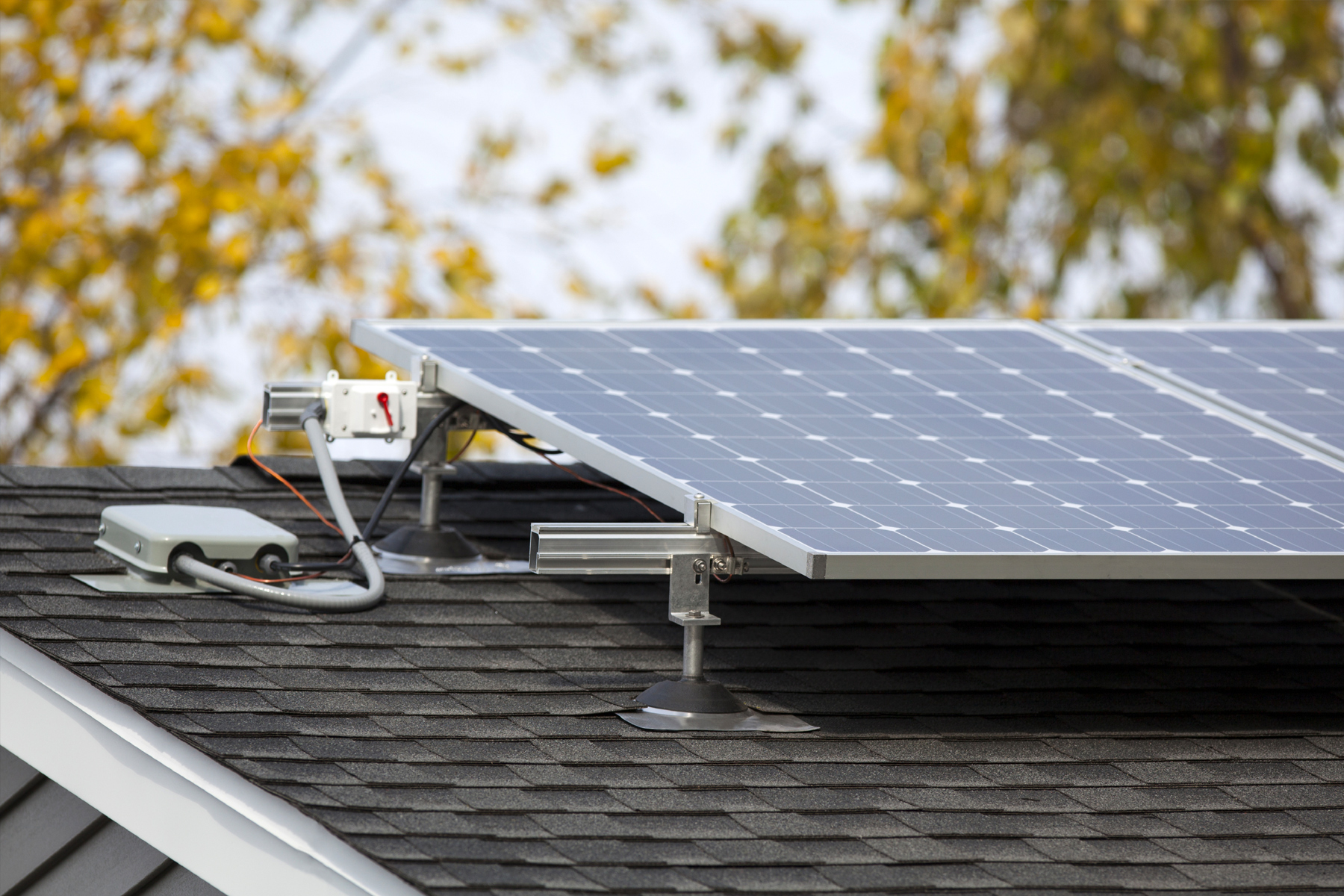Technical Mistakes With DIY Solar
So, you are ready to take a deeper dive into your DIY solar project. When planning a DIY solar project conduct as much research as possible and consider all factors including the technology needed and possible issues. Follow the recommendations in the guide below to ensure the technical success of your DIY solar project. Get familiar with the technical mistakes you could make to help avoid them on your project.
#1 Technical Mistakes With DIY Solar – Using Poor Quality Material
When it comes to selecting materials for your solar power system, you will inevitably weigh the cost. Past experience has shown that components that are low in cost are not always a good bargain. To achieve lower cost on their product, some manufactures lessen the quality of the part. Commercially manufactured solar panels may last for up to twenty-five years, therefore if you want the highest standard, you need invest in more robust components.
#2 Technical Mistakes With DIY Solar – No Suitable Frame Design
Another common problem is correct frame design. But with active project planning you can save yourself a headache. Some beginners make their mistakes when deciding the proportions of solar panel frames and housings. Despite a perfect design, it can be easy to forget to check the size of the solar cells to make sure they fit properly in the frame. When creating a solar panel frame, it is important to follow expert guides. Select the right material that fits your system needs. The frames purpose is to protect the fragile solar cells. The size and design of your frame will directly impact the security of your panels.
#3 Technical Mistakes With DIY Solar – No Water Protection
Water is an inevitable risk in your solar panel system, so you should prepare your system to withstand the elements. Your typical solar panel is constructed of wood and metal. Due to their composition it is crucial to understand the importance of waterproofing your system. Don’t make the mistake of skimping out or completely skipping waterproofing. Data suggests, most homemade solar panel systems have failed due to mishandled or damaged metal connections. Your systems exposure to the elements puts it at risk for rust, which is caused by the infiltration of water into the solar panel housing. This weakens the metal joints and can cause severe damage over time. Systems most at risk are ones placed in a humid or frequently rainy environment.
If you missed the basics of DIY solar mistakes, check them out here!
